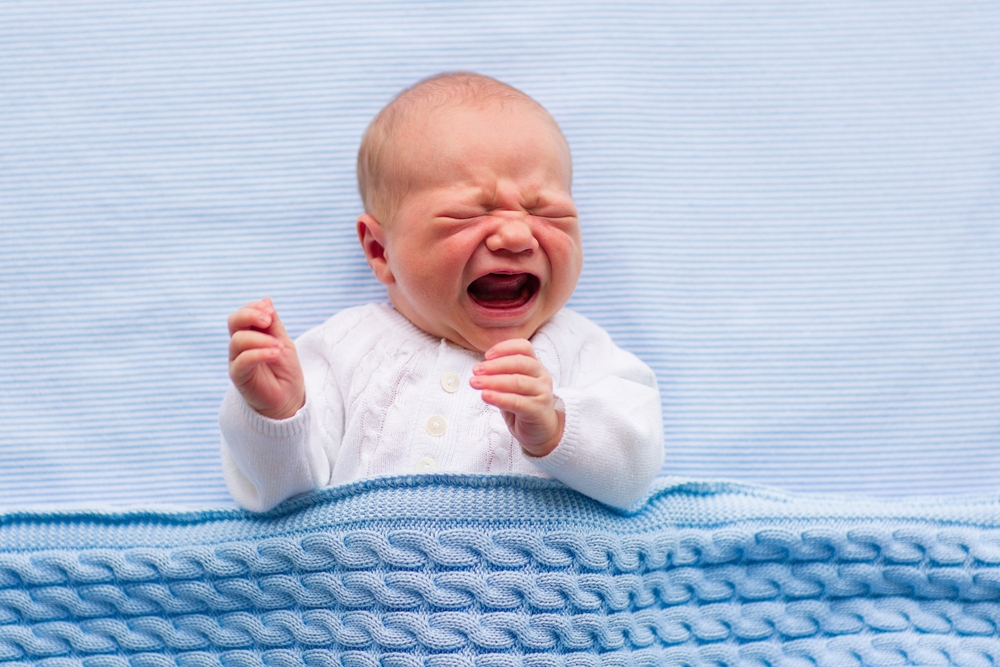
Big eyes, long eyelashes, watery… Every parent wants the baby to have such beautiful eyes.
But if the baby’s eyes are always [watery and tearful], then parents should pay attention, because the baby may suffer from an ophthalmic disease-lacrimal passage obstruction.
What is a lacrimal passage obstruction?
Before talking about lacrimal passage obstruction, we must first understand how tears come from.
Tears are secreted by the lacrimal gland above the outside of the eyeball. Its main function is to keep the eyeball moist and wash the [garbage] on the surface of the eyeball. After tears are secreted by the lacrimal gland, they [trickle] through the surface of the eyeball and finally are discharged through the lacrimal passage.
When the lacrimal passage is not unobstructed, tears will flow out of the eyes, which is what we call [tears].
What are the manifestations of lacrimal passage obstruction?
STEP 1 Tear without Crying
The main symptom of lacrimal passage obstruction is overflow of tears, which is what we often call tears. However, this kind of tears is different from tears when you are sad, but tears will be shed whether you cry or not.
During the first two weeks of birth, the lacrimal gland cannot secrete tears, so the symptoms of lacrimal overflow may not be obvious.
2. Eyelid excrement, red and swollen eyelid
If the lacrimal passage is blocked, tear retention in the lacrimal sac is more likely to breed bacteria, which may eventually develop into dacryocystitis. At this time, eye excrement will appear continuously on the canthus of the baby, and the eyelids will sometimes become red and swollen.
Does lacrimal passage obstruction matter?
According to research, about 6% of babies under 1 year old are affected by [tears], and the main reason is congenital nasolacrimal duct obstruction. Obstruction can occur in one eye or both eyes at the same time.
Most lacrimal passage obstruction will gradually open as the baby grows up, so conservative treatment can be taken first for overflow of tears within 3 months.
If the symptoms do not improve after 3 months, the possibility of lacrimal passage obstruction opening itself is small. At this time, timely medical treatment is required to avoid complete lacrimal passage obstruction and loss of the best treatment opportunity.
How to deal with baby’s tears?
1. Medication and massage
For babies within 3 months old, doctors usually recommend lacrimal sac massage and/or antibiotic eye drops.
Massage in the lacrimal sac area can open partially blocked lacrimal passages and reduce the possibility of dacryocystitis. Massage can be divided into two types:
- Press and hold the position of the inner canthus (inner canthus) with the index finger or thumb abdomen, and then press it towards the nostril. Such actions can be carried out 5-7 times a day, with 6-8 times each time. Press and hold the position of the inner canthus (inner canthus) with the index finger or thumb abdomen, and then press it towards the same side of the eyeball (pay attention to avoid touching the baby’s eyes) to squeeze out the tears or pus retained in the lacrimal sac.
After each squeeze, use a clean cotton swab to wipe off the squeezed tears or pus, and then drop antibiotic eye drops as needed.
2. Further treatment
If the baby is 3 months old and the symptoms of overflow of tears and excrement do not improve, you need to see a doctor in time. Doctors will wash the lacrimal sac and explore the lacrimal passage according to the situation.
In short, lacrimal passage obstruction is not terrible. As long as it can be found in time and intervened as soon as possible, the baby can still grow healthily and healthily.
Responsible Editor: Chuyang
